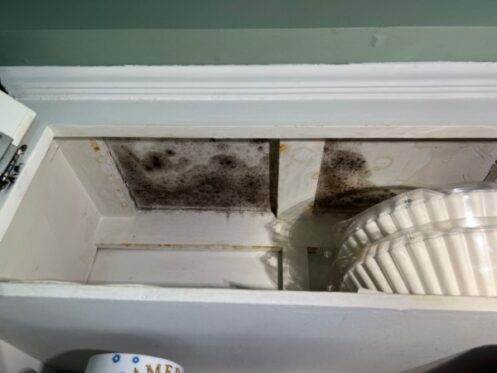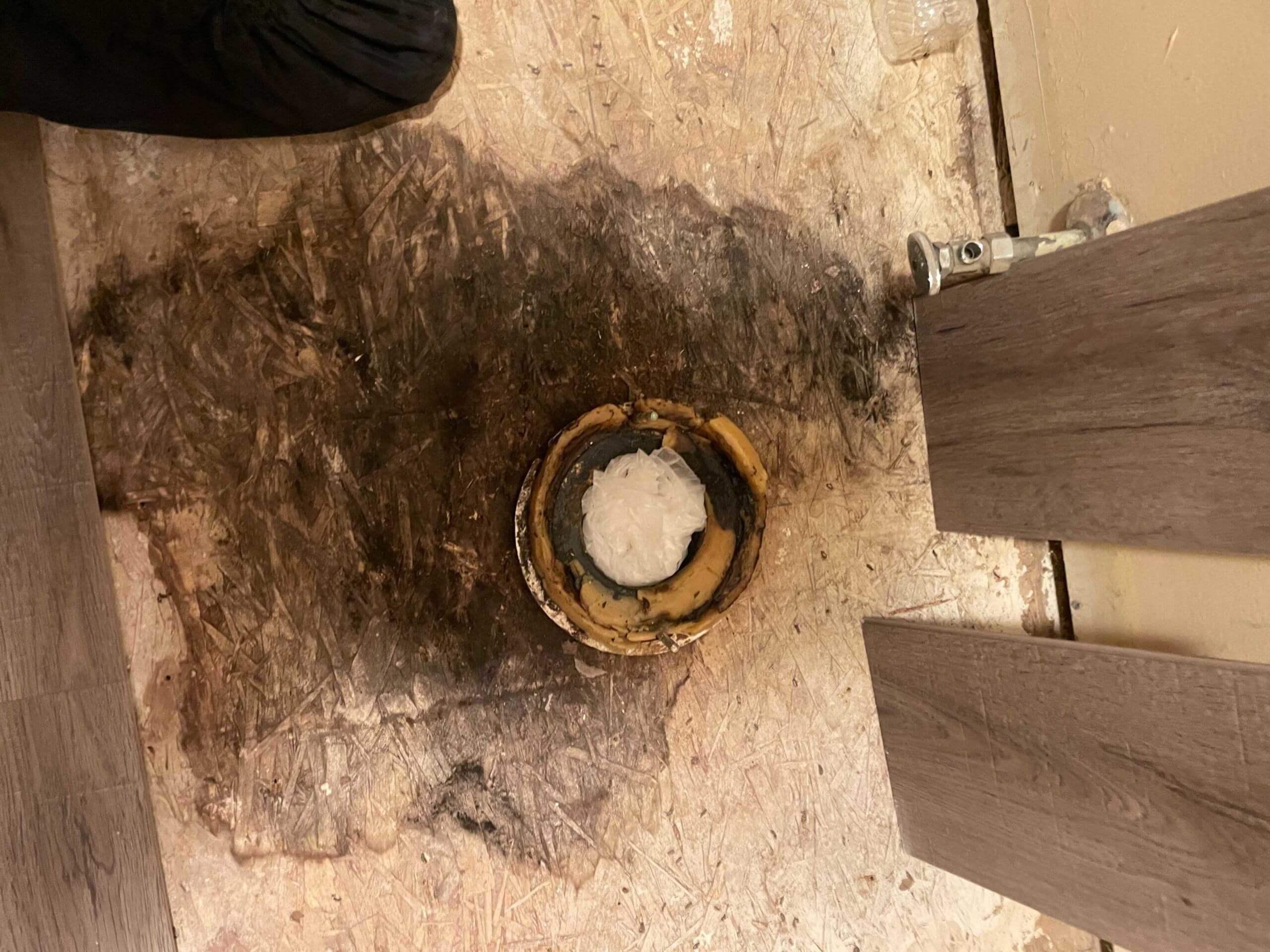Many homeowners are unaware that bleach is ineffective for tackling mold issues. Despite its widespread use and reputation for cleaning, bleach lacks the power to kill mold on all surfaces. This can lead to fuzzy, black-colored growths spreading across window frames, thriving in dark corners, or appearing on clothing and walls.
While it may be satisfying to see mold disappear instantly when bleach is applied, this is often just a temporary solution. Relying solely on bleach for mold cleanup can provide a false sense of security and lead to more problems than solutions.
Why Homeowners Reach for Bleach to Treat Mold
Homeowners often turn to bleach as a quick fix for mold cleanup due to its perceived effectiveness in killing mold spores. It contains sodium hypochlorite, a powerful disinfectant that can kill many common pathogens.
Many bleach manufacturers also claim their products can treat mold. However, they fail to mention that bleach only works when used on entirely nonporous surfaces. Despite its corrosive nature, bleach will not penetrate porous materials.
Porous vs. Nonporous
Bleach is only efficient at killing mold on nonporous surfaces. A nonporous surface does not have pores or small openings that allow substances to pass through or be absorbed. This means you can expect effective results on tile, sinks, toilets, and some countertops.
On the contrary, porous materials like wood and drywall provide an ideal environment for mold growth. They absorb moisture, essential for mold spores to settle and take root. These roots are known as mycelia and hyphae. They grow deep into the micro-sized openings of porous surfaces where bleach cannot reach.
As a result, bleach will only kill surface mold. It will not address mold growth within the porous materials. This can lead to mold quickly reappearing on the surface as the underlying mold colony grows.
Bleach can actually exacerbate mold growth on porous surfaces. Household bleach products contain a high percentage of water. It can soak into the material when applied to porous surfaces, providing additional moisture for mold to thrive.
Bleach Undermines the Integrity of Porous Surfaces
Although bleach-treated surfaces look clean, mold growth can quickly spiral out of control. Mold can cause wood and other porous materials to warp, buckle, and undergo adverse structural changes. However, treating porous materials with bleach will inevitably cause similar problems.
Direct applications of bleach soften wood fibers and cause organic surfaces to break down. Bleach weakens these porous materials, causing them to degrade and become more susceptible to mold growth. Worse, organic components in the porous material, such as cellulose in wood, can serve as a food source for mold, further promoting its growth.
The Dangers of Treating Nonporous Surfaces with Bleach
When dealing with mold on nonporous surfaces like tile, it’s crucial to consider the porous materials surrounding them. While bleach may effectively kill mold on the tile surface, it doesn’t address the hyphae and mycelia that have already infiltrated porous materials like grout. These microscopic roots extend deep into the porous surface, providing a hidden habitat for mold to thrive and potentially spread further.
Simply treating the visible mold on nonporous surfaces with bleach may only provide a temporary solution, as the underlying mold colony grows within porous materials, posing ongoing recontamination risks.
Chlorine Fumes
Bleach poses significant risks to indoor air quality and overall health. It’s a potent chemical agent with corrosive and toxic properties classified in the same category of airborne contaminants as gasoline.
Upon contact or inhalation of its fumes, it can irritate the skin, eyes, and respiratory system. Chlorine bleach can release chlorine gas when mixed with other substances or exposed to specific conditions like high temperatures. This highly toxic gas can induce symptoms such as coughing, chest tightness, and difficulty breathing.
Direct exposure to bleach can lead to skin burns, eye irritation, and respiratory issues, especially in poorly ventilated areas. Even when diluted, bleach can leave hands feeling slick and slimy after prolonged skin contact. This sensation is often attributed to the bleach itself, but it occurs because the top layer of skin is being dissolved.
To minimize the risk of harmful fume exposure, it’s crucial to use bleach in well-ventilated spaces and refrain from mixing it with other cleaning products. Combining bleach with common household chemicals like ammonia or acids can produce toxic gases, posing severe health hazards and even fatal consequences.
Extended Airborne Exposure
Standard HVAC air filters are designed to capture larger particles like dirt, dander, and pollen. Still, they are ineffective at filtering out airborne chemicals, especially those released by chlorine bleach. When homeowners use bleach for mold treatment, the HVAC system can continuously circulate the chemical contaminants into the indoor environment. This can pose significant health risks for people and pets in the home.
Using bleach to treat indoor mold is never a good idea. While it may seem like an easy and inexpensive solution, bleach does not address the underlying cause of mold growth. Effective mold treatment starts with identifying and resolving the root cause, such as excess indoor moisture from leaks or blocked HVAC filters.
Applying bleach to visible mold on the surface does not eliminate the problem; it only temporarily masks it. Bleach-treated mold will inevitably reappear over time, requiring regular bleach treatments for porous surfaces.
Without addressing the source of moisture, the mold will likely return. That’s why hiring professionals like Pur360 who can target the mold issue at its source and provide long-term solutions is essential.
We offer a range of services, including mold testing, remediation, ultraviolet sanitization, and restoration, to ensure optimum indoor air quality and a mold-free environment for our clients. If you’re tired of using bleach with limited results, contact us today for comprehensive mold solutions.



